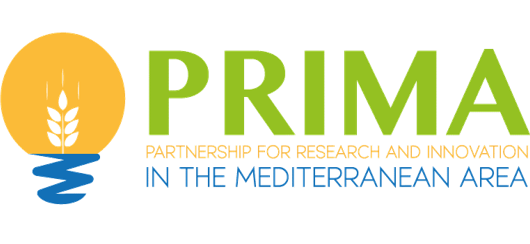 Assessing a Removable Mini-Lysimeter for Monitoring Crop Evapotranspiration Using a Well-Established Large Weighing Lysimeter: A Case Study for Barley and Potato
Assessing a Removable Mini-Lysimeter for Monitoring Crop Evapotranspiration Using a Well-Established Large Weighing Lysimeter: A Case Study for Barley and Potato
Abstract: Further research is required on the measurement of crop evapotranspiration (ETc) to produce new or updated crop coefficients for a large number of crops using accurate weighing lysimeters. However, large weighing lysimeters are sometimes expensive and are not portable, and different prototypes of small-sized lysimeters may be a feasible alternative. This study evaluated the performance of a removable mini-lysimeter model to measure ETc and derive crop coefficients using a long-established large precision weighing lysimeter over a two-year period. The study was conducted during the 2017 and 2018 barley and potato growing seasons, respectively, at a lysimeter facility located in Albacete (southeast Spain). ETc values were determined using daily mass change in the lysimeters. Irrigation was managed to avoid any water stress. In the barley season, the minilysimeter underestimated the seasonal ETc by 2%, the resulting errors in barley ETc estimation were an MBE of −0.070 mm d−1 and an RMSE of ±0.289 mm d−1 . In the potato season, the mini-lysimeter overestimated the cumulative ETc by 5%, the resulting errors in potato ETc measurement were an MBE of 0.222 mm d−1 and an RMSE of ±0.497 mm d−1 . The goodness of fit indicators showed a good agreement between the large and mini-lysimeter barley and potato ETc measurements at daily time step. Single (Kc) and dual crop coefficients (Kcb, crop transpiration + Ke, soil evaporation) were derived from the lysimeter measurements, the grass reference evapotranspiration (ETo) and the FAO56 dual Kc approach; after temperate standard climate adjustment, mid-season values were Kc mid (std) = 1.05 and Kcb mid (std) = 1.00 for barley; and Kc mid (std) = 1.06 and Kcb mid (std) = 1.02 for potato. The good agreement found between Kcb values and fc will allow barley and potato water requirements to be accurately estimated.
Keywords: lysimeter facility; mini-lysimeter performance; ET partitioning; single crop coefficient; dual crop coefficient; canopy cover; grass reference evapotranspiration; FAO56 approach

